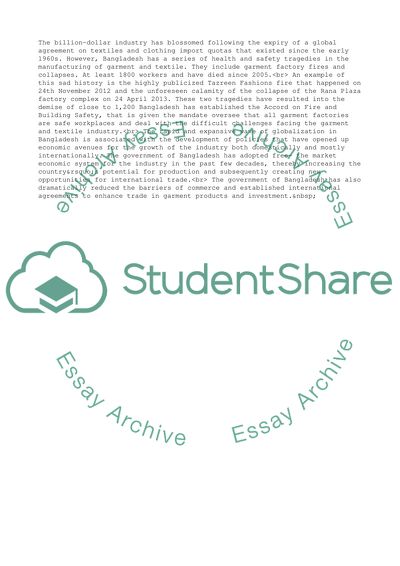Cite this document
(“The textile industry in Bangladesh Admission/Application Essay”, n.d.)
Retrieved from https://studentshare.org/business/1665587-the-textile-industry-in-bangladesh
Retrieved from https://studentshare.org/business/1665587-the-textile-industry-in-bangladesh
(The Textile Industry in Bangladesh Admission/Application Essay)
https://studentshare.org/business/1665587-the-textile-industry-in-bangladesh.
https://studentshare.org/business/1665587-the-textile-industry-in-bangladesh.
“The Textile Industry in Bangladesh Admission/Application Essay”, n.d. https://studentshare.org/business/1665587-the-textile-industry-in-bangladesh.


